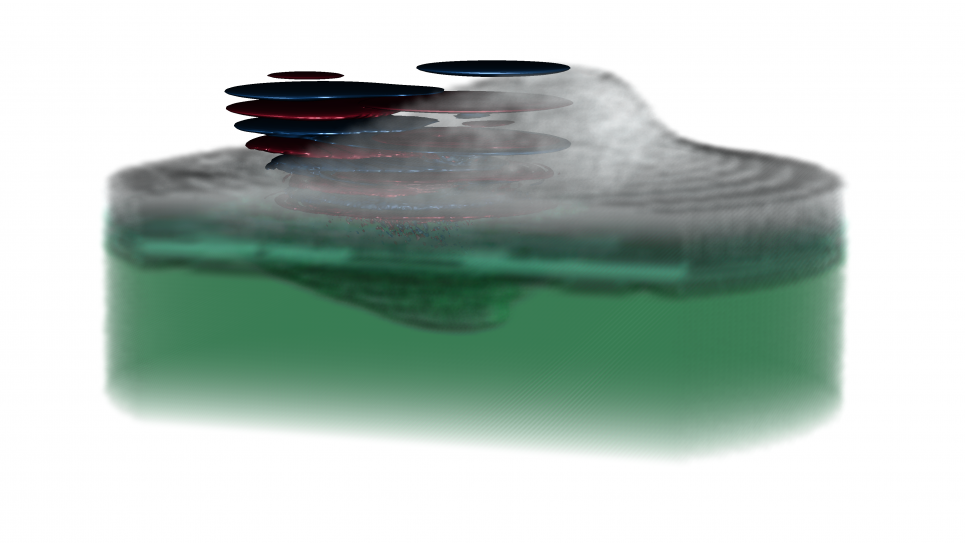
PICSSAR - Particle-In-Cell Spectral Scalable Accurate Relativistic
The advent of high-power PW femtosecond lasers has opened a new branch of physics called ultra-high intensity (UHI) physics. Once such a laser is focused on a solid target, the laser intensity can reach values as large as 1023W.cm-2, for which matter is fully ionized and turns into a plasma mirror that reflects the incident light. The corresponding laser electric field at focus is so high, that plasma mirror particles get accelerated to relativistic velocities upon reflection of the laser on its surface. A whole range of compact “tabletop” sources of high-energy particles and radiations may thus be produced from the interaction between this plasma mirror and the ultra-intense laser field at focus.
Understanding and controlling these compact particle and light sources will rely on the strong coupling of experiments and large-scale simulations using particle-in-cell (PIC) codes.However, standard PIC codes fail to accurately describe most UHI laser-plasma interaction regimes because the finite-difference Maxwell solver produces strong instabilities and noise when the accelerated particles move at relativistic velocities or when the produced short-wavelength radiations span broad emission angles and frequencies. Mitigation of these instabilities often requires spatial and temporal resolutions so high, they are not practical for realistic 3D modeling on current petascale, or possibly even exascale systems.
This INCITE team proposes to use highly precise pseudo-spectral methods to solve Maxwell’s equations to enable realistic simulations of UHI regimes, using a new grid decomposition technique for very-high-order/pseudo-spectral electromagnetic solvers. This technique has been implemented in the team’s PIC code, WARP+PXR, and benchmarked against standard methods. Scaling tests on Mira show the technique enables a massively parallel implementation of pseudo-spectral solvers on up to at least 400,000 cores.